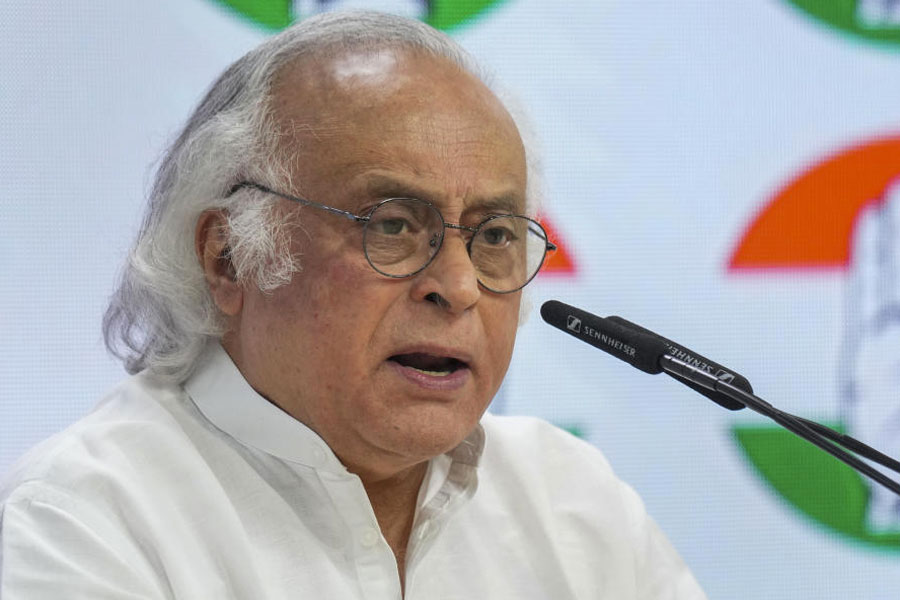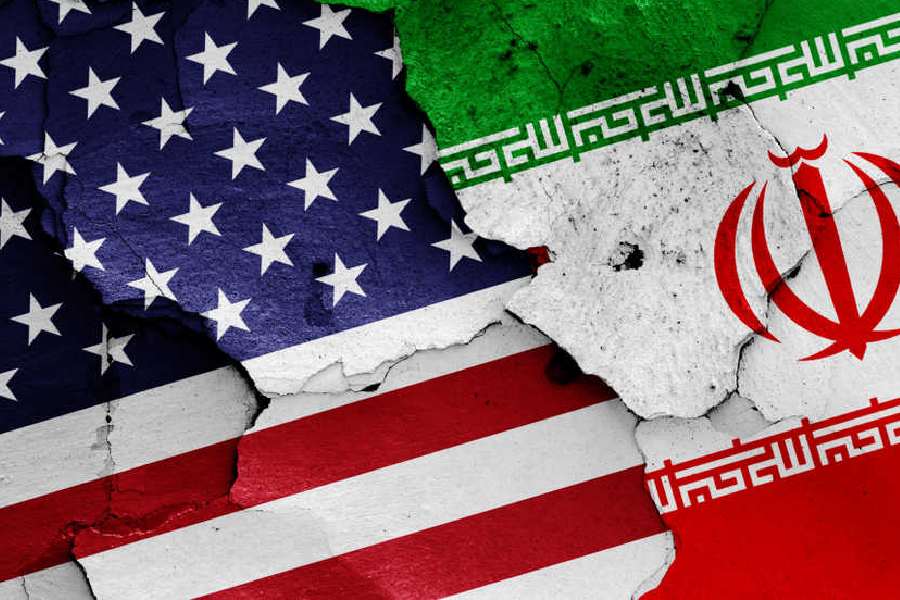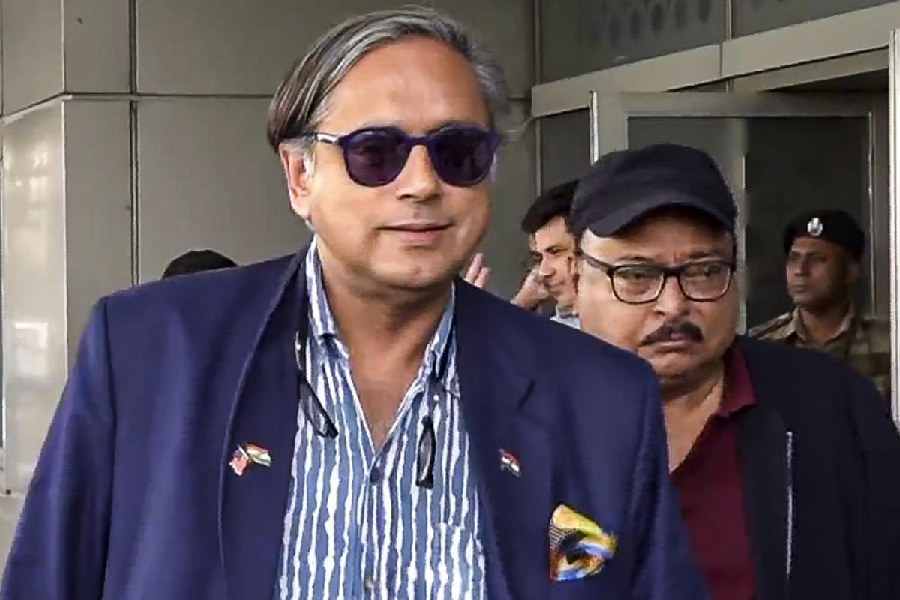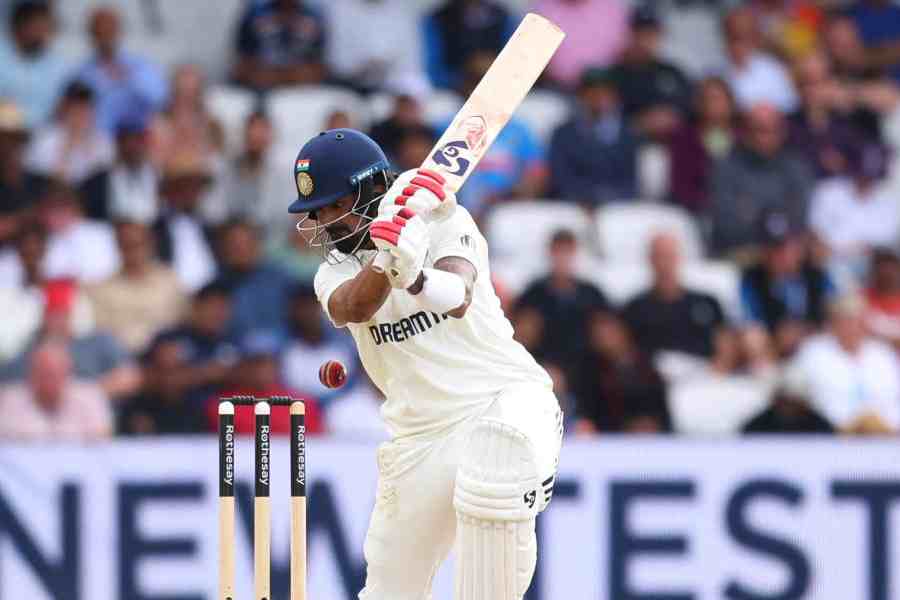 |
| People prepare to burn the effigy of NSCN-IM functionary R.P. Livingstone during a protest in Imphal against the molestation and physical assault of Momoco, a Manipuri actress. (PTI) |
Manipur is like a self-fulfilling prophecy of recurrent conflict, violence, deaths, with only short bursts of normality. It is unfortunate that in the run-up to the season of hope and goodwill, the season of Christmas, there should be so much turmoil as to prevent people from celebrating this festival with a spirit that is free from the encumbrances of hate and revenge. Christmas is about forgiveness. Yet that seems to be a distant dream for the people of Manipur as they adopt hardened stances on two separate issues. The death of a television journalist (who was filming the protest) in the crossfire between the police and groups of protesters has only added fuel to the fire. Journalists have always been at the receiving end of the undeclared civil war between state and non-state actors.
Manipur is imploding because of several factors, some of them created by the state as affirmative action for the tribes but which actually results in inequity and injustice. By embracing Hinduism, the Meiteis are considered non-tribals despite being of the same racial origin (Tibeto-Burmans) as the Naga, Mizo, Bodo and Garo tribes, amongst others. Hence by law, Meiteis cannot purchase or own land in the hills which are occupied mainly by Nagas. Even though Meiteis make up two-thirds of the total population (60 per cent) of Manipur, they occupy only 10 per cent of the land, mainly in and around Imphal valley. The Kukis, Nagas, and Zou (which is an umbrella of several tribes) constitute 40 per cent of the population, occupy the remaining 90 per cent of the total land area of Manipur.
By any yardstick, the arrangement is iniquitous and conflict is therefore inherently written into the DNA of the Manipur state. What makes the arrangement even more lop-sided is that the hill tribes can own land in the valley. Manipur’s chequered history is not unknown. From a monarchy it turned into another Indian state. Those interested can read the chronicles to understand how Manipur, which was formerly an independent monarchy until it was subdued by the British in 1891, later acceded to the Indian state in 1949 but did not merge with it. How the merger was finally executed remains an unpleasant history and memory for the Meitei people.
Every Meitei nurses a sense of being cheated. This feeling is not much different from what the Nagas feel about suddenly finding themselves part of a new dispensation called the Indian state. But despite their “unique” histories, the Nagas and Meiteis do not see eye to eye on any issue. That is not surprising considering that the Indo-Naga ceasefire of 1997 was later extended to all Naga-inhabited areas in Manipur. This virtually endorsed the idea of Nagalim which the National Socialist Council of Nagalim (NSCN-IM), led by Isak Swu and Th Muivah, had been propounding over the decades. If this idea fructifies, Manipur would be so truncated that it would no longer be tenable to be called a state. Nagalim includes areas in Assam and Arunachal Pradesh as well. Hence, the Naga-Meitei animosity is actually out in the open.
Conflagrations over issues and non-issues are not uncommon. But this one takes the cake. On December 18 this year, senior NSCN (I-M) functionary R.P. Livingstone allegedly molested a Meitei actor after a concert held at Chandel. That a Naga rebel would dare insult a Meitei woman is sacrilege. Meitei organisations acted true to form. They called a statewide bandh from December 21 demanding the arrest of Livingstone. The government of Manipur announced a reward of Rs 5 lakh for information on Livingstone’s whereabouts. The Meiteis suspended the strike on December 24 as a mark of respect for Christmas. But the road blockades continued. This hindered students and other travellers from the valley to the hills from making it home on time for Christmas. Many were stranded in Imphal. Trouble was already brewing.
But something else happened to further confound the situation. Miscreants posing as Meitei militants tried to molest some Naga girls who were trudging home in Senapati district. It was now the turn of the Nagas to be offended. Needless to say the spirit of Christmas was marred by the incidents. But the Nagas are now doing what they do best. The United Naga Council has called a 72-hour bandh beginning December 27, in all Naga-inhabited areas of Manipur. This has always been the Naga ploy to punish the Meiteis and the government in the valley. This bandh will prevent movement of vehicles to and from Imphal. It is a repeat of the bandh of last year which went on for over 100 days. No one knows how long this one will last. The issue is no longer about the molested women from two different and antagonistic communities. This one is a face-off between the Nagas and Meiteis. The first day of the bandh witnessed arson and bedlam. And it is in this spirit of animosity and revenge that the people of Manipur will be approaching the New Year, normally seen as an auspicious occasion.
It takes but a tiny spark to light up a communal blaze in Manipur. From being on the defensive, the Nagas have now got a handle to turn the situation into an offensive against the Meiteis. In this tortuous and complex situation which, as stated earlier, is built on the pillars of inequity and injustice, it is difficult to propose a peaceful solution to the conundrum. The rival groups have taken hawkish stances. Hence, until the Naga political problem is resolved by Delhi, Manipur will continue to be a devil’s cauldron brewing poison even as hordes of Manipuris (of all communities and tribes) take the flight out of the state to find a future elsewhere in “India”.
Manipur is no longer conducive as a living space. Nearly all educational institutions are located in Imphal valley but these have collapsed because of nepotism, corruption and extortion, the hallmark of Manipur’s governance system over the decades. The political and social decadence is palpable.
That there is a great deal of inward and outward mobility can be gauged from the number of flights between Delhi and Imphal on a daily basis. The flights are always full and they carry not just students but entire families. In a sense there is a virtual exodus from the state to other more liveable cities. But this is just a temporary salve. People will want to return to their land should there be any untoward incident in their temporary places of residence. This year’s reverse exodus of students and workforce from Maharashtra, Karnakata and Andhra Pradesh after the Bodo conflict is enough to inform us that there is no sanctuary like home. But how long can this vibrant workforce remain within the confines of their sanctuaries? Without any gainful employment opportunities in Manipur, this young workforce will have to venture out, sometimes at great cost to their self-esteem and personal safety.
Such are the costs of enduring internal conflict. While the civilian population has moved out of the state to find avenues of livelihood outside, the state government of Manipur is highly dependent on security forces, mainly the Assam Rifles, to maintain even a modicum of law and order.
That the conflict in Manipur and Nagaland requires creative handling goes without saying. But there are issues that require a dialogue between the two states with Delhi as the arbiter only. Any imposition from Delhi is bound to escalate the conflict.
(The writer can be contacted at patricia17@redfiffmail.com)










